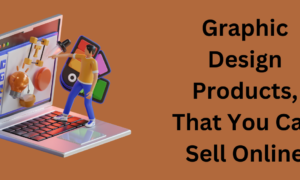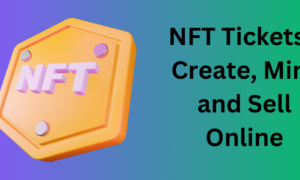Introduction to Branding and Custom Merchandise
In today’s competitive market, establishing a strong brand identity is essential for businesses to stand out and connect with their target audience. One effective way to enhance brand visibility and engagement is through custom merchandise. Custom merchandise refers to branded products that are tailored to reflect a company’s unique identity and values.
Understanding Your Brand Identity
Before diving into the process of creating custom merchandise, it’s crucial to have a clear understanding of your brand identity. Your brand identity encompasses the values, personality, and mission of your business. Take time to define what your brand stands for and how you want it to be perceived by your audience.
Researching Your Market
Conduct thorough research to understand your market landscape. Analyze your competitors to identify gaps in the market that your custom merchandise could fill. Additionally, stay updated on industry trends to ensure that your merchandise remains relevant and appealing to your target audience.
Designing Your Merchandise
Translating your brand identity into merchandise design is a critical step in the process. Work closely with designers or agencies to develop unique and memorable designs that resonate with your audience. Remember that your merchandise should not only showcase your brand but also appeal to the preferences of your customers.
Choosing the Right Products
When selecting products for your custom merchandise, consider factors such as quality, practicality, and production feasibility. Choose products that align with your brand image and are likely to be well-received by your target audience. Balance creativity with functionality to ensure that your merchandise serves its intended purpose effectively.
Sourcing Suppliers and Manufacturers
Research and vet potential suppliers and manufacturers to ensure that they meet your quality and reliability standards. Negotiate terms and pricing that are favorable for your business while maintaining a mutually beneficial relationship with your partners.
Testing and Prototyping
Before mass production, it’s essential to create prototypes of your merchandise and gather feedback from your target audience. Use this feedback to make any necessary improvements to the design or functionality of your products.
Production and Manufacturing
Once you’re satisfied with the prototypes, proceed with production and manufacturing. Implement quality control measures to maintain consistency and ensure that your merchandise meets the highest standards.
Creating a Marketing Plan
Develop a comprehensive marketing plan to promote your custom merchandise effectively. Identify the most suitable marketing channels, such as social media, influencer partnerships, and promotional events, to reach your target audience and generate excitement around your products.
Launching Your Merchandise
Build anticipation and excitement leading up to the launch of your custom merchandise. Utilize both online and offline distribution channels to maximize visibility and accessibility. Monitor the performance of your marketing strategies and make adjustments as needed to optimize results.
Monitoring Performance and Feedback
Track sales data and gather feedback from customers to evaluate the performance of your custom merchandise. Use this information to make informed decisions and continually improve your products and marketing efforts.
Expanding Your Merchandise Line
As your business grows, explore opportunities to expand your merchandise line. Introduce new products or variations that complement your existing offerings while staying true to your brand identity and values.
Maintaining Brand Consistency
Consistency is key to building a strong brand identity. Establish guidelines for maintaining brand consistency across all your merchandise to ensure that your brand remains recognizable and cohesive.
Building Customer Relationships
Focus on building strong relationships with your customers by providing excellent customer service and engaging with them through social media and events. Encourage repeat purchases and foster brand loyalty by delivering value and personalized experiences.
Conclusion
Creating custom merchandise is an exciting opportunity for businesses to strengthen their brand identity and engage with their audience on a deeper level. By following the step-by-step guide outlined above, you can successfully craft custom merchandise that not only reflects your brand but also resonates with your customers.



























